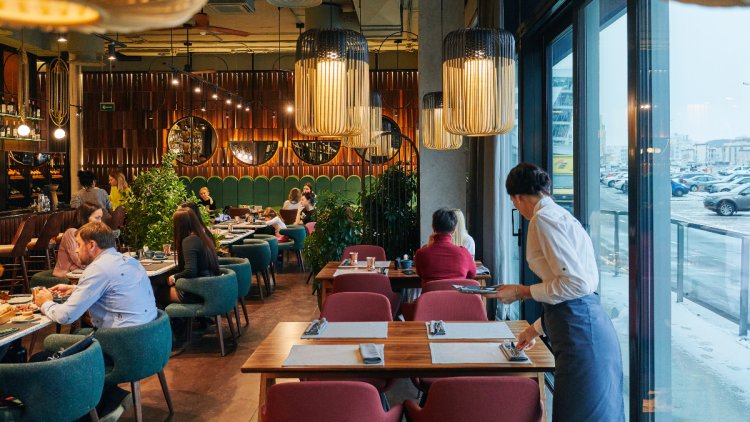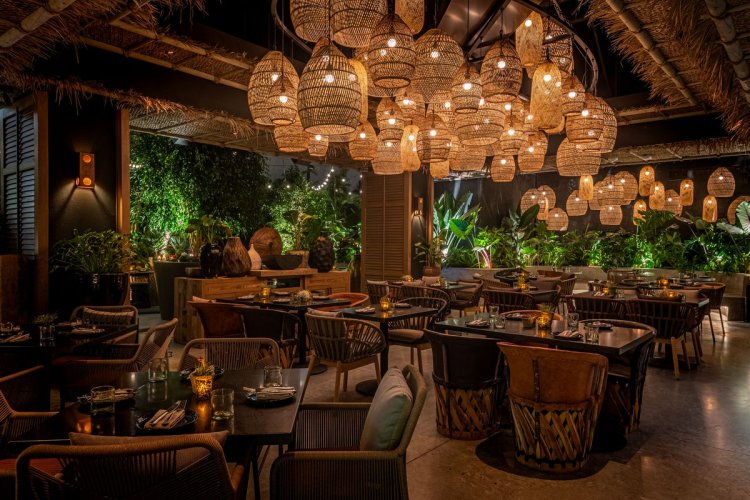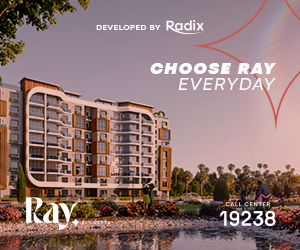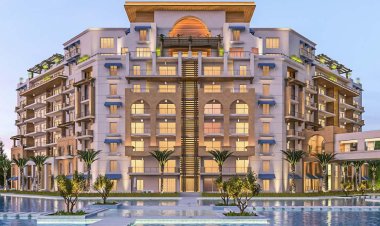100 billion pound investments in restaurants in the Egyptian market
The new projects for restaurants and cafes represent a continuous source of profits for the owner of the project, and eating in the restaurant is an experience that deserves attention.

Establishing a new activity or opening a new branch is a tedious task that includes various procedures and details, and necessarily depends on many parties. The construction process is similar in its procedures and steps.

In addition to the intangible details, there are crucial factors that are time and cost, and experience and knowledge play a key role in reaching the required results without exceeding the cost and on time.
The restaurant sector is witnessing a remarkable activity with the launch of many new restaurants every month, as this sector attracts international and local investments from residents and citizens, especially young people who are looking to enter the world of trade and business through new projects.

The restaurant sector led the growth rates of the local economy during the first nine months of the current fiscal year 2021-2022, with a growth rate of about 62.8%, accompanied by hotels, according to what was revealed by the Ministry of Planning and Economic Development, which also indicated that the state aims to expand food industries to meet the needs of The local market, which allows for dispensing with imports, especially in light of the global conditions and the efforts of each country to keep its products or sell them at exaggerated prices.
Restaurant investments
The Egyptian Center for Economic Studies revealed that the volume of investments in the restaurants and cafes sector amounts to about 104 billion pounds, and their number is estimated at about 180,000 establishments nationwide, representing 5% of the volume of the total economic establishments in Egypt, and there is a restaurant or café in approximately every 400 meters. Of the populated area of the Republic, the private sector has complete control over the size of the sector, and the value of the fixed assets of the sector amounted to about 21 billion pounds, while its net added value is estimated at about 46 billion pounds.
Types of restaurants
The types of restaurants include four types, the first is fast food, the second includes classic restaurants that offer interconnected meals at fixed prices, while the third type includes modern cafes that specialize in providing drinks and some special foods and are not limited to restaurants only, and finally popular cafes that are classified within the sector.
Bilal Zahran, General Manager of Foodics Egypt, revealed that the volume of investments in restaurant management solutions in the Egyptian market has reached EGP 100 billion, with a growth rate during the last year of up to 63%.

This came on the sidelines of a press conference held by PayMob for payment solutions to sign a partnership agreement with Foodics Egypt, in cooperation with Banque Misr.
Zahran said that his company started its activity in Saudi Arabia in 2014 in developing technological systems for managing restaurants, and then expanded its business by adding new products such as the Foodics Pay platform in order to save time and manage restaurants more effectively.
He hinted that "Foodics" is currently present in the markets of the UAE, Kuwait and Jordan, considering that the orientation of a number of regional players to the Egyptian market for the sector is a good indication of the existence of intense competition.
He pointed out that the marketing studies conducted by the company during the first half confirm that the Egyptian market is still accommodating new players, which contributes to increasing customer awareness, noting that the largest company in the restaurant management solutions market in Egypt currently accounts for only 8%.
He hinted that the partnership with PayMob aims to transfer 60% of restaurants to the electronic system after 6 months have passed, noting that Foodics provides an electronic solution for restaurants in exchange for subscriptions.
He mentioned that after 6 months, 70% of the restaurants were converted to work in the large system.


 Shrouq
Shrouq 












